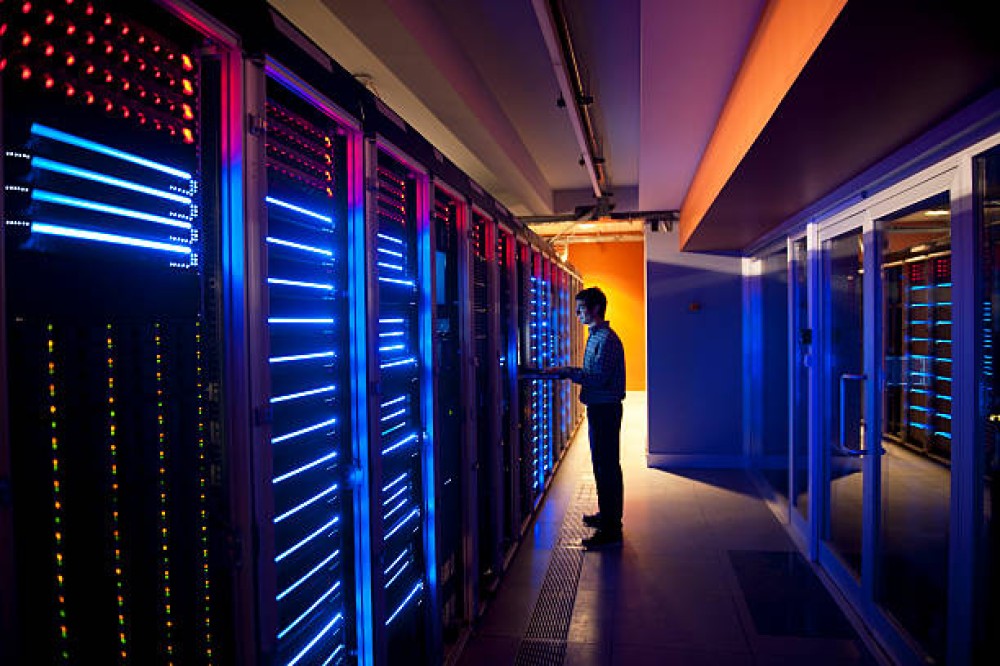
"Anywhere a student is learning, we can get them connected to eduroam." —Brett Bieber, chair, Internet2 eduroam-US advisory committee
As the eduroam WiFi access service grows globally, so does its capacity to serve the changing needs of the research and education community.
Why does ubiquity matter? CT asked Brett Bieber, the assistant vice president of Client Services for Information Technology Services at the University of Nebraska and chair of the Internet2 eduroam-US advisory committee; and Saira Hasnain, the associate vice president and deputy chief information officer at the University of Florida and an Internet2 eduroam-US advisory committee member. Here, these two eduroam-US community leaders tell us why and how eduroam is working to be anywhere students are learning.
Mary Grush: Let's start by asking, what is eduroam?
Brett Bieber: It's a global WiFi roaming service that allows educators, researchers, and students to connect seamlessly and securely through any of its participating sites.
Grush: …and, it's worldwide?
Bieber: Yes, eduroam originated in Europe in 2002, arrived in the U.S. by 2009, and, with a long lineage of partnerships and collaboration among technology organizations it has matured over the years into a large, reliable network access service available to educators and researchers around the world.
So, to give a couple quick examples of its use, eduroam is of great value to us at the University of Nebraska when we need to provide connectivity for our faculty who are traveling, even internationally; or, we may have distant collaborators — e.g., researchers or students — who need to connect with each other over the Internet to accomplish their work.
Using eduroam simply eliminates most of the IT complexities and obstacles for educators, researchers, and even students who may be working remotely or under the challenging conditions we've just described. In fact, once your device has been configured for the first time, eduroam will always securely authenticate and log you instantly onto the Internet, making connections very easy: You just open your laptop or device, and you are connected!
Grush: Besides remote connectivity, could eduroam services also be used locally, for more general campus applications?
Bieber: Yes! As a matter of fact, for the University of Nebraska System we provision all students, faculty, and staff with eduroam, right from the start, universally — we are "eduroam native" and that is the primary SSID we broadcast. We've committed to eduroam service for all — not just for our traveling researchers or remote users. So we're prepared for change and a future with eduroam. I think that's also the case at Saira's institution, the University of Florida… is that the case, Saira?
We are "eduroam native" and that is the primary SSID we broadcast. We've committed to eduroam service for all.
Saira Hasnain: Yes, eduroam is our primary SSID. We, too, are eduroam native, for all our campus users. And I can give you some examples of use cases and projects that leverage eduroam to benefit both our campus users as well as other agencies or entities — such as libraries, museums, municipal public spaces, and other nonprofit interests within the region. In fact, at the University of Florida we are expanding our user experience to leverage very innovative uses of eduroam, including various forms of outreach to our surrounding communities.
Grush: So, just to verify how all this works: Internet2 is maintaining the eduroam access service in the U.S., for its membership and for other research and education-related entities that choose to become eduroam subscribers; while in other countries or territories, internationally, institutions and organizations obtain eduroam access services through roaming operators in their own region. Then all this comes together on a global scale.